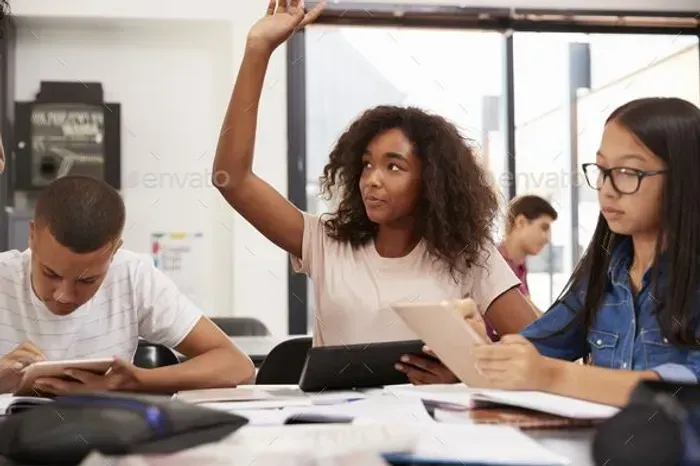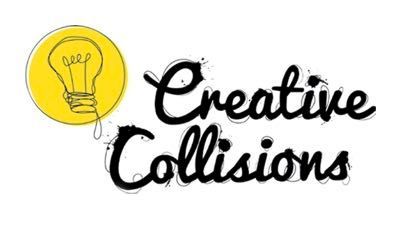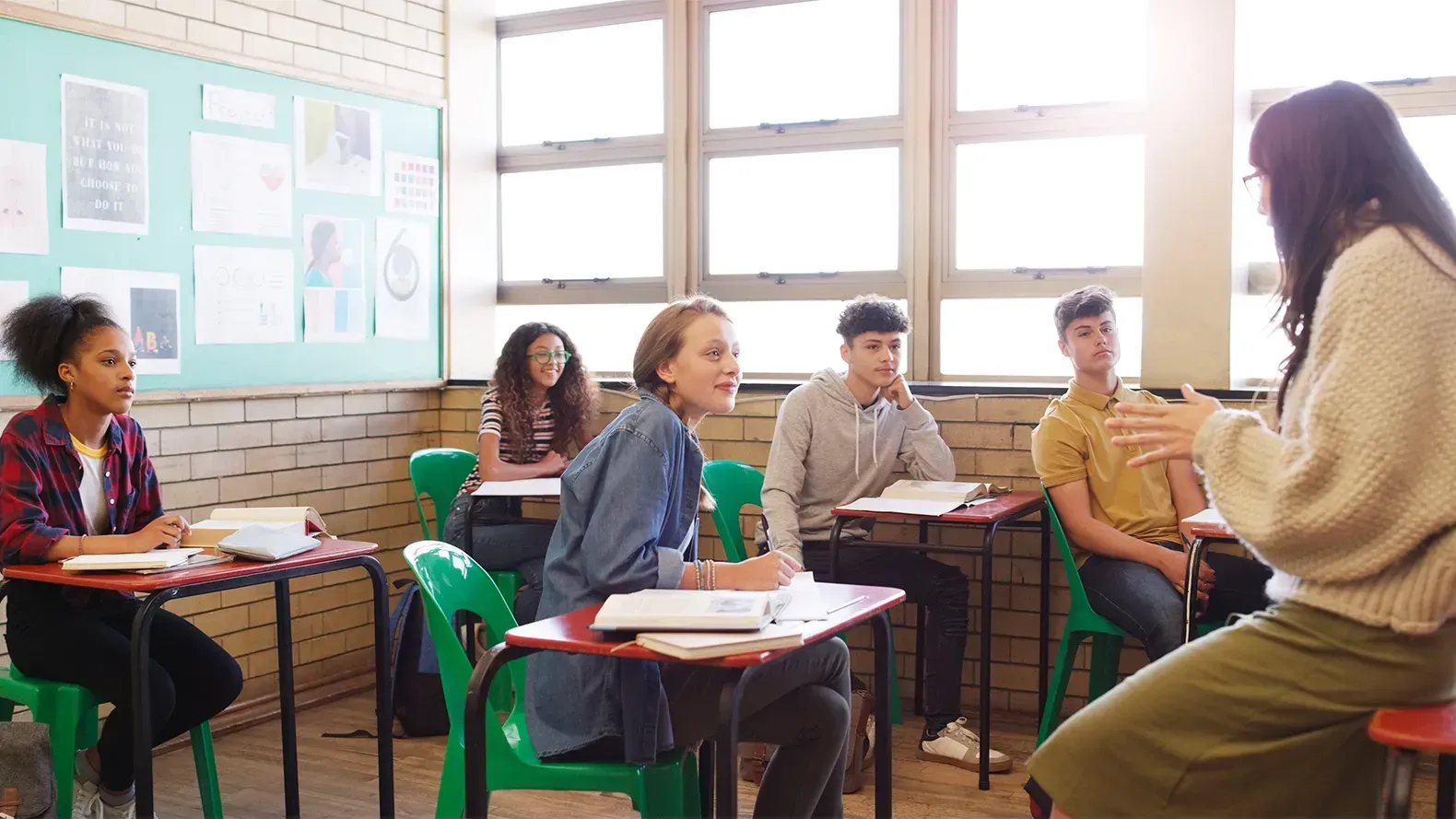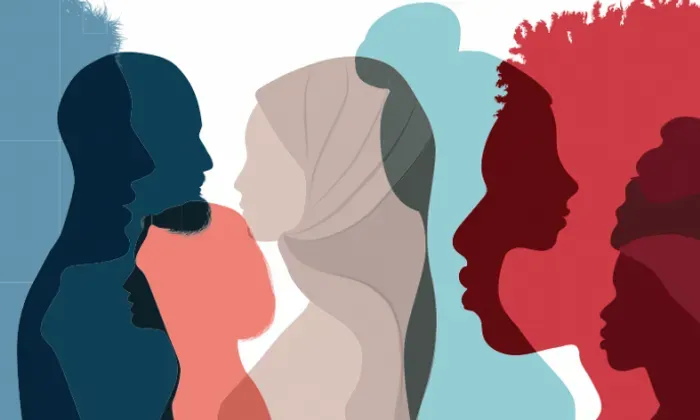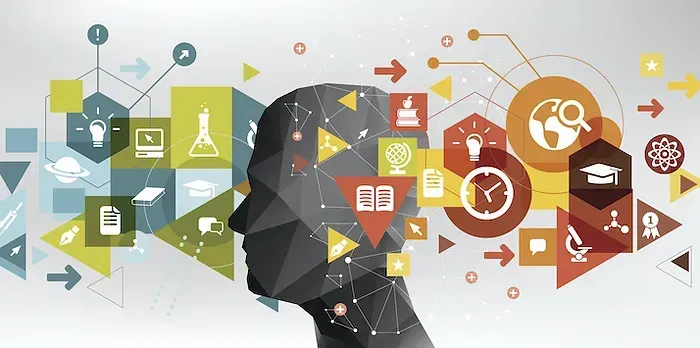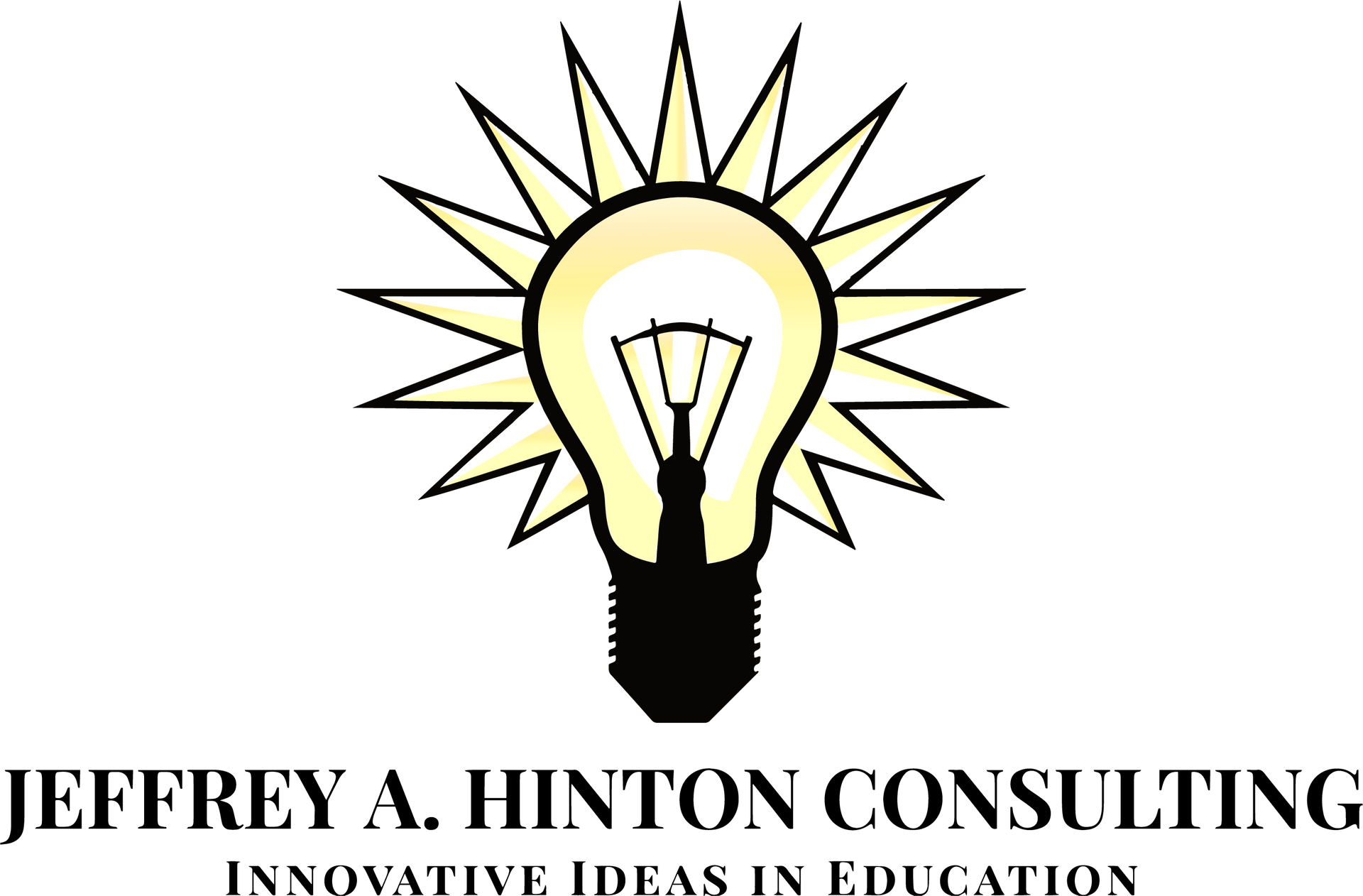Direct Instruction or Experiential Learning Which is the Best Approach?

“(Children) receive direct instruction from time to time about the appropriateness of various social comparisons.”
~Albert Bandura
"I believe that the school must represent present life-life as real and vital to the child as that which he carries on in the home, in the neighborhood, or on the playground."
~John Dewey (My Pedagogic Creed)
What is the best way for students to learn? This is an age-old question that is likely to ignite lively conversations among educators who hold a variety of perspectives and viewpoints. The traditionalists point out that students learn best when the acquisition of new knowledge and information is explicit. In other words, the teacher directly transmits knowledge to the students through assigned readings, lectures, demonstrations, and presentations. The student is responsible for taking notes and memorizing the information provided by the teacher. Many educators favor this approach because it capitalizes on the teacher’s expertise, it is easy to manage student learning. In addition, the material can be covered quickly and assessed simply with objective assessments that usually have a single correct answer, such as true/false, multiple-choice, and matching questions. Direct instruction has been a time-tested approach to teaching, and research supports its efficacy, especially when students need to learn skills and small chunks of information. For example, a meta-analysis of the literature published between 1966 and 2016 based on 328 studies of reading, math, language, spelling, and other academic subjects indicated that direct instruction increases student achievement (Stockard, Wood, Coughlin, & Khoury, 2018).
Pushing back against direct instruction, progressive educators believe that students learn best when they are at the center of their learning. The “hands-on” approach outlined in John Dewey’s seminal work Experience and Education (1938) points out that all learning happens in a social environment. According to Dewey, "The principle that development of experience comes about through interaction means that education is essentially a social process" (Dewey, 1938, p.58). An excellent way to engage students in “hands-on” learning is through a pedagogical technique called experiential learning.
According to Kolb (1984), experiential learning is “the process whereby knowledge is created through the transformation of experience” in other words, experiential learning happens when students have the opportunity to participate in real-life experiences at school. These learning experiences provide students with a context for their learning rather than studying topics in isolation or removed from the real world. One of the strengths of experiential learning is that it allows students to ask their own questions rather than be fed the “correct” answer by the teacher or curriculum materials. Experiential learning gives students voice and choice because they identify, investigate, and address critical issues. Further, providing students with agency in making their own educational decisions is a powerful way to develop student autonomy and responsibility resulting in increased levels of student engagement. Because students are immersed in real-life issues and situations at school, they can apply their knowledge immediately to things that matter to them. Unlike traditional approaches, experiential learning can profoundly engage students, stimulating them intellectually, emotionally, creatively, and socially, resulting in a much more impactful learning experience.
Research demonstrates that experiential learning is an effective way to raise student achievement. For example, a meta-analysis of 89 empirical studies spanning 43 years revealed that students taught with experiential pedagogies significantly outscored students taught using traditional methods (Burch et al., 2019). The increase in student achievement may be due to students being more engaged in their learning because of experiential learning activities (Szeto, 2014). Additionally, student reflection after an experiential learning activity has been shown to raise student achievement compared to students who did not have the opportunity (Hudesman et al., 2013). But experiential learning does more than just increase student achievement. When students are engaged in experiential learning activities, they are far more likely to transfer their knowledge and skills to new and novel scenarios (Drake & Long, 2009). In addition, because most experiential activities are done in small groups, students develop communication and collaboration skills, essential proficiencies for the 21st-century learner.
Experiential learning has been around since Socrates, Plato, and Aristotle. But modern theories regarding the approach are often attributed to David Kolb, who in 1984 published his learning styles model to describe four concrete phases of experiential learning. The first phase is concrete experience. This is when the learner is involved in a new experience or novel situation. Next is reflective observation. In this phase learners observe others or make observations about their own experiences. After which, students move into the abstract conceptualization phase. This is when learners make theories or predictions about their observations. Finally, students engage in active experimentation. This is when the learner tests a theory or idea and plans for a forthcoming experience.
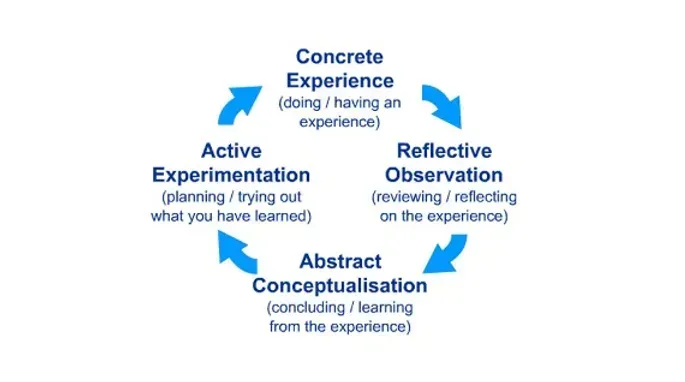
Kolb points out that the experience-reflect-think-act- model is a natural learning process that most people engage in without conscious thought. And while the learner can enter the cycle at any point, Kolb argues that experiential learning is only effective when all four components have been implemented. Kolb’s integration of knowledge, activity, and reflection is the cornerstone for many experiential learning activities, including authentic research, laboratory experiments, internships, service-learning projects, and project-based learning or pbl.
As beneficial as experiential learning is, there are drawbacks. For example, planning, implementing, and assessing experiential learning is time-consuming. This is a perennial issue for teachers who must adhere to state and local curriculum standards, pacing, and testing schedules where content is covered in breadth but only superficially. Additionally, most students will need explicit instruction on engaging in experiential learning activities. This is because many students have become dependent learners, reliant on their teachers to do most of the intellectual work at school. Most students have been conditioned to acquiesce to the teacher’s authority. They are passively involved in learning activities that require low levels of cognitive demand and rigor. Further, teaching experientially requires teachers to undergo a paradigm shift in how they think about their role as a teacher. Educators are no longer needed to be the “sage on the stage,” but the “guide on the side.” As Dewey pointed out, "the teacher loses the position of external boss or dictator but takes on that of a leader of group activities" (Dewey, 1938, p.59).
In the end, the question of the right way for students to learn might be a little more complex than teachers initially thought. It could be that students need both direct instruction when appropriate with experiential activities weaved through the curriculum. This “best of both worlds” approach may deliver the in-depth, rigorous curriculum our students need to succeed in the modern world.
References
Burch, Giambatista, R., Batchelor, J. H., Burch, J. J., Hoover, J. D., & Heller, N. A. (2019). A Meta‐Analysis of the Relationship Between Experiential Learning and Learning Outcomes. Decision Sciences Journal of Innovative Education, 17(3), 239–273. https://doi.org/10.1111/dsji.12188
David, J.L. (2008). What Research Says About/Project-Based Learning .Educational Leadership Teaching Students to Think, 65, 5, 80-82
Dewey, J. (1938). Experience and education. New York: Simon and Schuster.
Drake, K., & Long, D. (2009). Rebecca's in the Dark: A Comparative Study of Problem-Based Learning and Direct Instruction/Experiential Learning in Two 4th-Grade Classrooms. Journal of Elementary Science Education, 21(1), 1-16.
Efstratia. (2014). Experiential Education through Project Based Learning. Procedia, Social and Behavioral Sciences, 152, 1256–1260. https://doi.org/10.1016/j.sbspro.2014.09.362
Hudesman, J., Crosby, S., Flugman, B., Issac, S., Everson, H., & Clay, D. B. (2013). Using formative assessment and metacognition to improve student achievement. Journal of Developmental Education, 37(1), 2.
Kolb, D. A. (1984). Experiential learning: Experience as the source of learning and development. Englewood Cliffs, NJ: Prentice-Hall.
Stockard, J., Wood, T. W., Coughlin, C., & Rasplica Khoury, C. (2018). The Effectiveness of Direct Instruction Curricula: A Meta-Analysis of a Half Century of Research. Review of Educational Research, 88(4), 479–507.
Szeto. (2014).
The Impact and Feasibility of an Optional Experiential Learning Activity and Study Sessions on Student Engagement.



